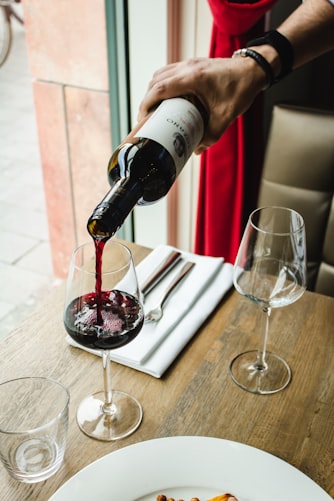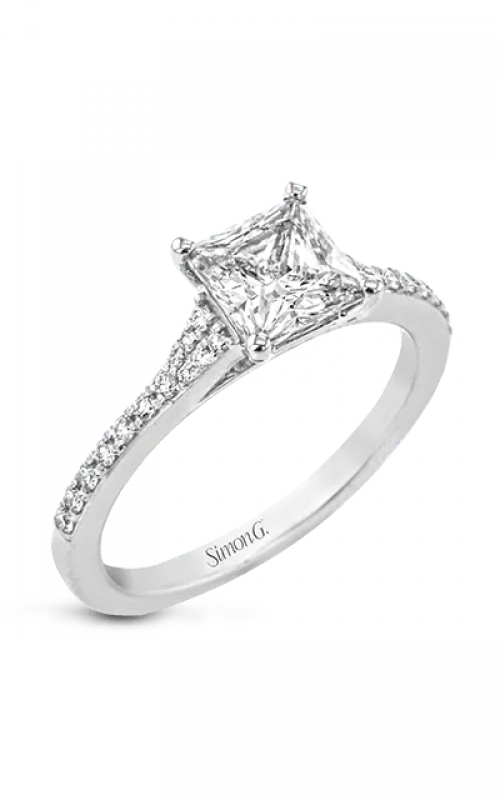A Brief Guide On The Spot UV Business Cards

It goes without saying that printing material is one of the best ways to attract the market let it be the business cards or the brochures or custom labels and therefore, one should invest in making these as attractive and catchy as it possibly could be. The best and easiest way is to add a little shine to your cards and there is no best way to do it then UV printing, the spot UV business cards are the trendiest cards in the market these days.
UV coating:
Ultra violet coating is actually a shiny layer of the liquid coat applied on the top of the normal printing material and then this is hardened or cured using the UV lamp or some special machine that puts the UV light on it. The reason why it is in the market and getting popular is the shine that it adds to the business cards or the print materials make it look much more dramatic and it looks that effort is applied in the manufacturing whereas this does not much require any effort.
Benefits of the spot UV business cards;
Aesthetically appealing:
The best colours to apply the spot UV printing on is the rich colours such as blue and black because this give it almost a wet appearance and this could add high definition to the images and some important texts and part of the spot UV business cards.
Abrasion prevention:
The business cards travel a lot from one person to another and then to another, you certainly do not want that by the team your business card reach to someone who can make use of it, the information on it is faded or destroyed and therefore, the spot UV business cards are abrasion resistant which makes these much more durable and safer from all kinds of fading, smudging and protected against chemicals as well. This is how you are ensured that the business card will look as professional as new as it was when it came out of press for a good amount of time.
Clarity:
As mentioned earlier, in the spot UV business cards, there are certain parts of the business cards which are coated usually and this is how it gives much more clarity to these elements and these elements pop out as soon as someone looks at the card.
Friendly for the environment:
UV printing is safe process adding no harmful chemicals or elements to the environment and not only this but the papers on which the UV coatings are applied can easily be recycled just as the normal paper. For more information please visit our website www.fastprinting.com.



